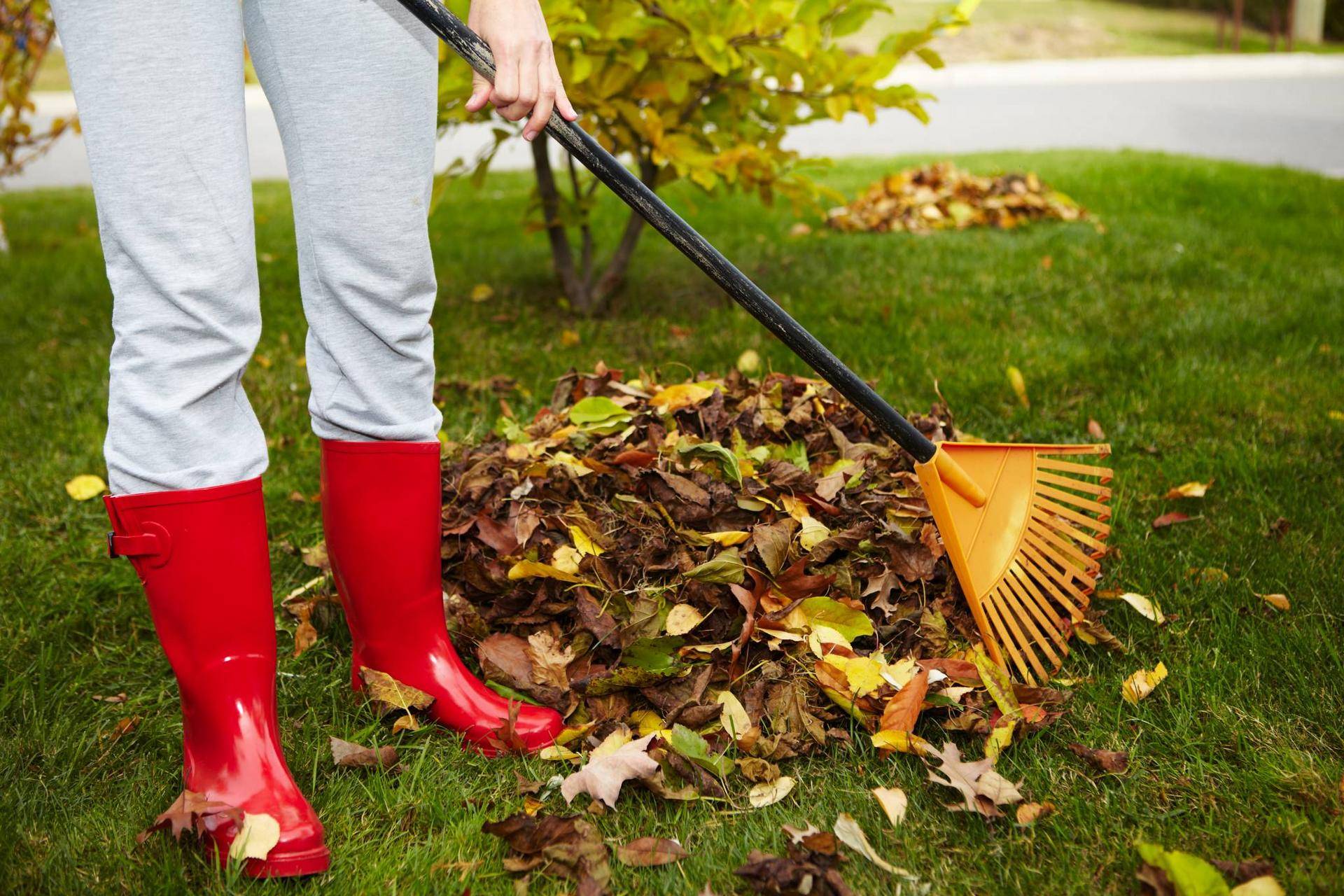By JayDee Gunnell
Autumn is officially here, and there is much to look forward to – pumpkins on the porch, apple cider, cooler temperatures and walks through crunchy leaves. But before you get too comfortable, don’t forget there are yard and garden end-of-season tasks to complete.
Here are tips from the Utah State University Extension Gardeners Almanac to help. Included are links to fact sheets and videos for further information.
- Learn about average first and last frost dates around the state.
- Consider adding a smaller structure, such as a low tunnel or a larger high tunnel, to extend your growing season.
- Learn how and when to harvest winter squash and store in a cool (50-55°F), dry location.
- Plant garlic cloves from mid-October through early November.
- Refer to this list of fall cleanup chores and good landscape practices to get your yard ready for winter.
- Remove vegetable plants from the garden once harvest is complete to reduce overwintering sites for insect pests.
- Protect tomatoes from early frost by covering the plants with a blanket or tarp.
- Place mulch over carrots, beets and parsnips to prevent the ground around them from freezing.
- Rototill leaves, compost or manure into the vegetable garden to enhance soil microbe activity.
- Prune roses by heading back excessively long canes to prevent damage from heavy snow loads.
- Cut back ornamental grasses in snow-prone areas once the foliage has died down. Otherwise, leave them until spring and enjoy the vertical accent during the winter.
- Plant spring-blooming bulbs through early November.
- Plant trees and shrubs in the fall to enhance root establishment.
- Dig tender perennials, such as gladiolas, dahlias, begonias and canna lilies, after the foliage has died down, and store them in a cool (45-50 °F), dry place.
- Protect trunks of young trees from winter cracking by wrapping them with a white reflective tree wrap.
- Dig and remove annual flowers.
- Plant cold-hardy annuals, including pansies, primrose, kale and ornamental cabbage.
- Prune raspberry canes to the ground after they have fruited.
- Control tough perennial weeds, such as field bindweed (a.k.a. morning glory). Refer to this list of weed control options.
- Mow grass to a height of 1-to-1½ inches at the end of the season to minimize disease problems.
- Apply a quick-release nitrogen fertilizer after the last mowing (late October to early November) for early greening next spring.
Pests and Problems:
- Send diseased vegetable plants and leaves to the local landfill.
- Use burlap or other soft materials to wrap evergreens to prevent snow breakage.
- Treat stone fruits (cherries, peaches, nectarines, apricots and plums) for coryneum blight at 50% leaf drop.
- Clean up and discard all fallen fruit to reduce overwintering sites for disease and insect pests.
- For more tips, visit garden.usu.edu. Here, you will find information on gardening courses, growing and maintaining the yard and garden, drought resources, and the Extension Gardener’s Almanac with tips for each month.

